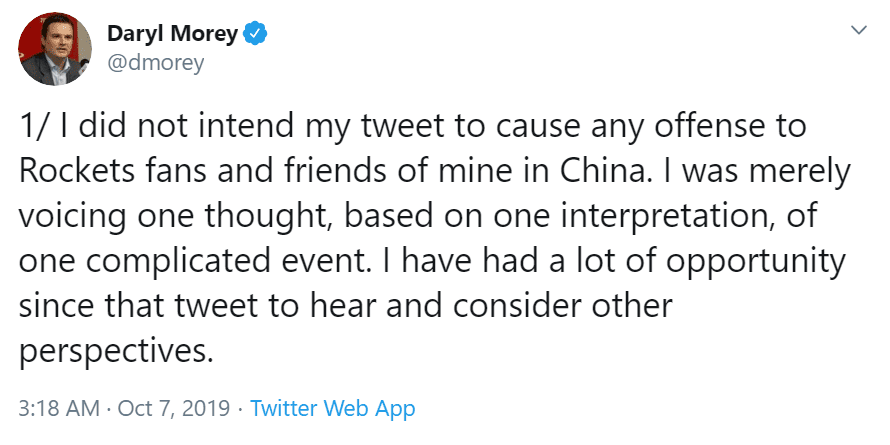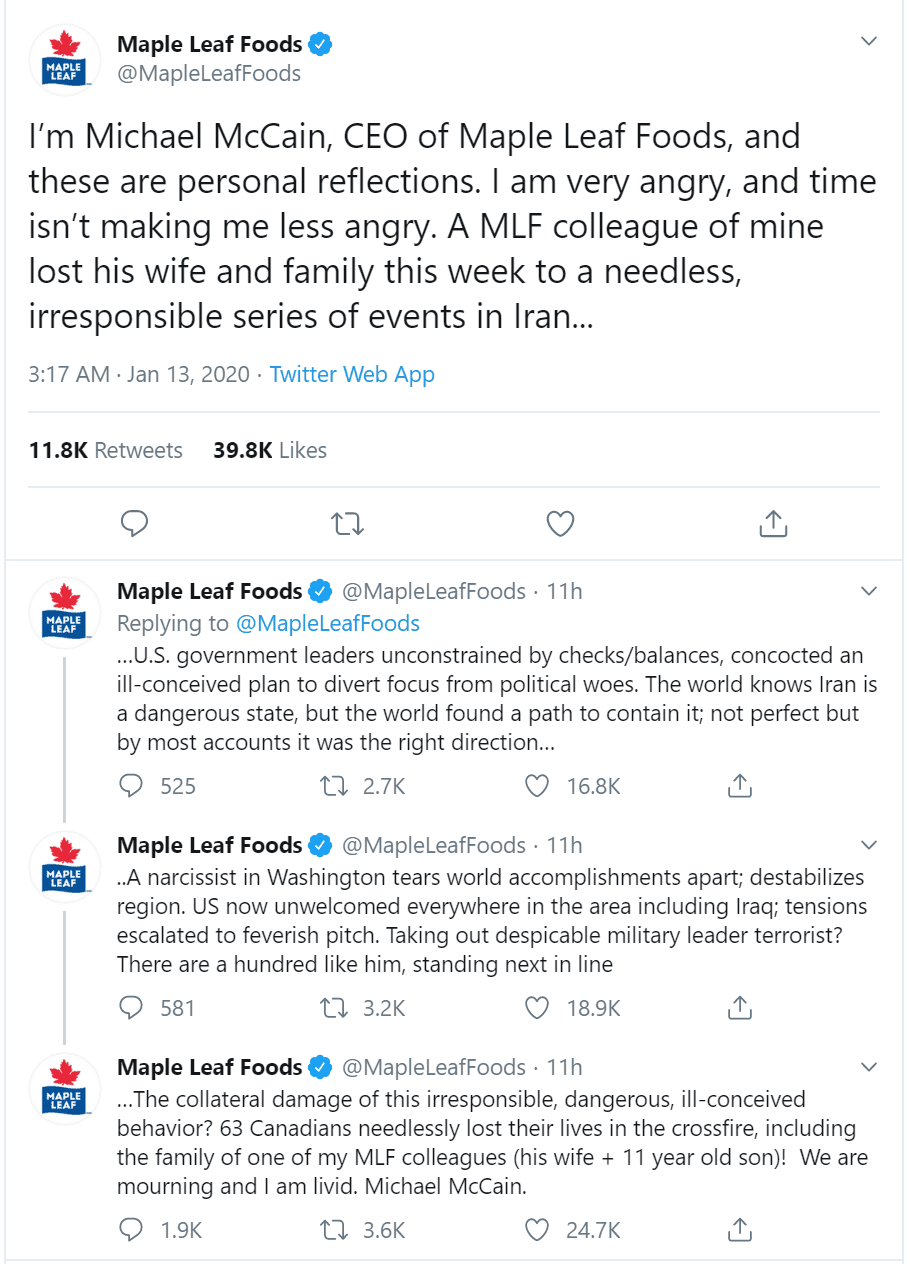This post originally appeared on the Bloomerang blog
Blocking Is For Football, Not Twitter
In mid-May, sports Twitter was abuzz as insiders were comparing notes about a ‘very important’ topic: Who’s been blocked by Pittsburgh Steelers quarterback Ben Roethlisberger? His official Twitter account had been blocking everyone for quite awhile and no one could figure out why.
What was the strategy? If you’re a personality on Twitter, wouldn’t you want as many followers as possible to see your content and react?
Heck, fundraising authority and Steelers fan Dave Tinker was also blocked. Blocking your own fan base?!
The answer was delivered by Ben himself to ESPN journalist Scott Van Pelt, who was also blocked: “There is an awesome, awesome woman, Erin (Cox) who runs my website, who does all that stuff for me… I have nothing to do with it. That’s the funniest part.”
So, wait: who’s actually the face of that account?

It’s All About Relationships
We crave being connected. We’re social beings; just look at how hundreds of millions of people worldwide use Facebook, Twitter and LinkedIn.
If your nonprofit has a presence on social media, you should be conversing with your audience, engaging them and responding to their inquiries and comments. Why? You’re building nonprofit relationships. Letting people know there’s a face behind the organization’s logo, someone who cares about them, makes followers feel that one-to-one bond.
Wanna know what people dislike? When they follow a brand/organization that seems to be run by a robot. No engagement, no personality. The organization follows a playbook which dictates only broadcasting news but being wary of engagement. Their posts are corporate-y and bland.
People want to interact with a person, not a logo. That means having a social media strategy which creates a persona and online voice for your accounts. Your nonprofit can certainly project a serious tone online but that shouldn’t stop you from interacting.
The above strategy should include guidelines and rules for what people managing the corporate accounts can and cannot post. Those can be very general or dive deep into specifics. I usually advise clients to steer clear of religion, sex and politics. Nothing good can come from posting about those topics — unless your mission is very clearly identified with those issues. Then by all means, tweet away!
Remember When We Used To Fly?
February 2020. Seems like decades ago and yet, if you can remember that far back, we were flying on airplanes.
When flights were delayed and passengers couldn’t get a straight answer from the person at the gate (who had the unenviable task of having to deal with an angry mob), people took to Twitter. They tagged the airline’s account, tweeted their complaint and then expected an answer ASAP.
That’s right: People today assume there’s a human behind the corporate logo who will respond and provide customer service via Twitter. Again, one-to-one relationship.
JetBlue is an example of a company who displays the face behind the logo. Their tweets are a mix of humor, information, deals and customer service responses. When it comes to online customer service, they are excellent! Always friendly and cordial. When conversations are moved to direct message, they make sure to sign their message with a name. Now I’m no longer addressing a logo; I’m addressing a person.
From time to time they do the same in their tweets. See this tweet: They mention the person’s name at the outset and the tweet is signed. Now Iggy is talking to Catherine, not JetBlue.

I see people tweeting out at nonprofits all the time. They want program info, they’re having an issue making an online donation, they want to know how they can receive assistance if possible. If you respond in a timely and courteous fashion with an answer to their inquiry, you’ve started to build a relationship.
As a nonprofit, you should WANT to have social feeds that are engaging; you should WANT to respond to people in a timely fashion and make them “feel the love;” you should WANT to ensure people know there’s a face behind the logo.
Because in the end, you’ll want to convert followers into donors. Creating a relationship with followers will make the ask easier.
Be Authentic!
During my Twitter conversation with Dave about his favorite team’s QB blocking him, he tweeted:

Excellent point!
Strengthening trust and building nonprofit relationships with your online audience means being authentic, honest, genuine. Exactly as you are in your fundraising efforts. Show the true face behind the logo and people will respond.
Ben Roethlisberger was the corporate logo of his Twitter account but someone else was the face behind it. Clearly, the person in charge did not inform the corporation (Ben) of her ‘block everyone in sight’ strategy. If Ben had known that by blocking fans and journalists fewer people would learn more about him and be able to engage, he might have put a stop to it.
People discover your nonprofit. They read about your mission. They search you out on social and follow your accounts. What’s your next step? Engage in conversation. Be personable. Be authentic. Start building nonprofit relationships and down the road turn a follower into a donor.
P.S. An update via Dave: Looks like Dave will finally be unblocked!



